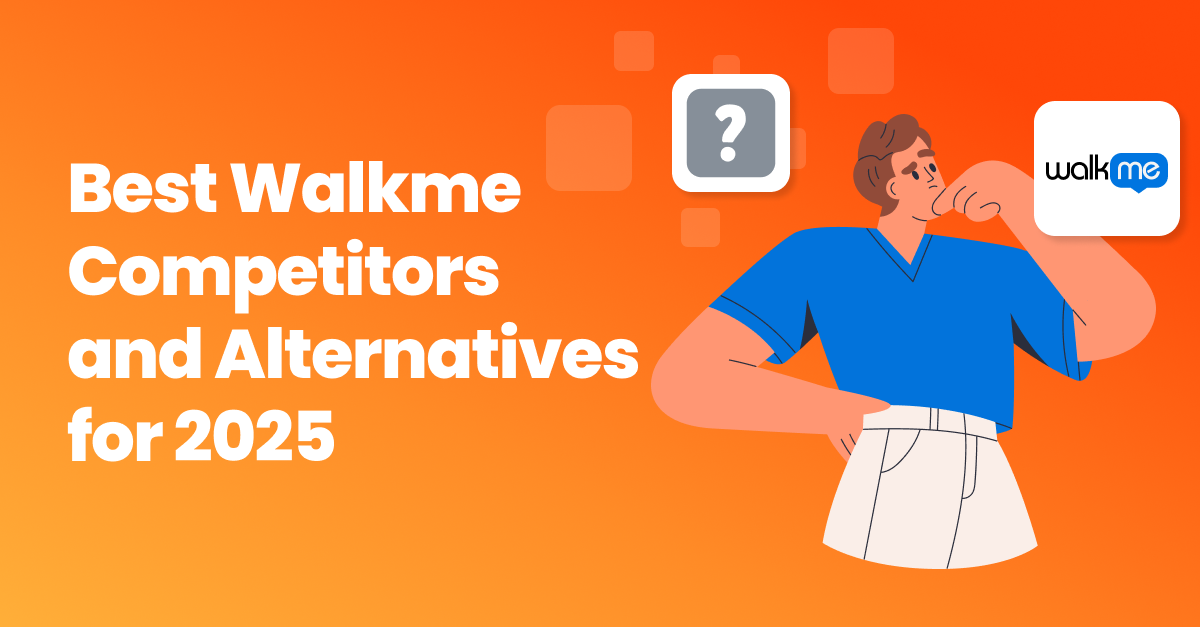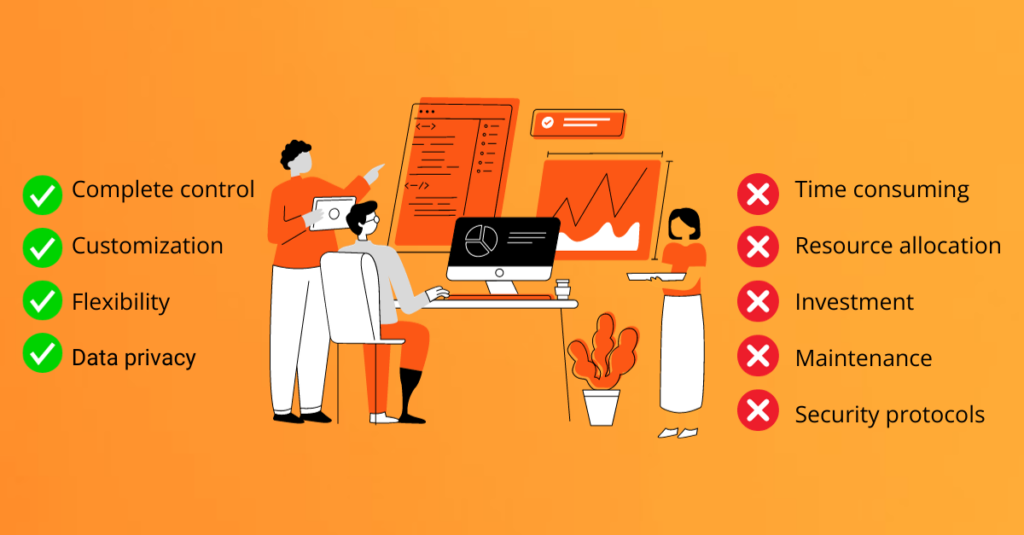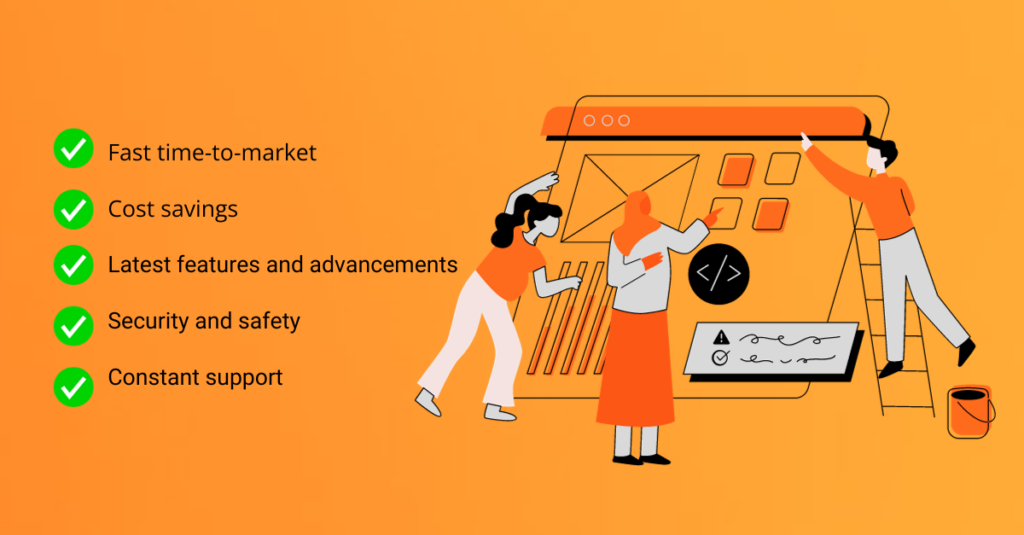
Today’s race to catch user attention is fierce. When 80% of users will quickly switch solutions if they don’t have a positive onboarding experience.
That means every second counts.
You need to give a seamless and engaging user onboarding experience from the first interaction if you want users to come back.
Businesses have two options when it comes to creating an onboarding flow for users: Build their own software, or purchase a ready-made solution.
We’ll explore the benefits and considerations of build vs. buy so you can choose the best fit for your business.
When it comes to implementing user onboarding software, businesses have two main options: building their own or buying a ready-made solution.
Building user onboarding software in-house involves creating software from scratch using the company’s own resources and expertise.
Buying user onboarding software is when businesses purchase a pre-built user onboarding software solution from a third-party vendor.
This option can be more cost-effective, offer higher returns, and be less time-consuming than building software in-house.
The main benefit of building your own user onboarding features and flows from scratch is the high level of control.
This also means your development, product, marketing, and sales team can each have a voice when it comes to the outcome.
Here are some advantages of building from scratch:
By investing in custom software development, businesses can create a tailored onboarding experience that aligns with their unique needs and provides exceptional support to their users, ultimately driving success and growth.

However, there are also some potential drawbacks to building custom user onboarding software.
User onboarding gives instant access to all the tools you need to support users through their onboarding journey.
The benefits of buying a solution include:

User onboarding software empowers your business with a multitude of benefits that drive growth, efficiency, and user satisfaction.
From accelerated time to market and reduced costs to ongoing innovation and expert support, this strategic decision paves the way for a seamless and successful user onboarding experience.
Before making a decision about whether to build or buy user onboarding software, it is important for businesses to consider several key factors.
Depending on your team and resources, your business might be at a size to create your own onboarding flows from scratch.
If the business plans to scale rapidly or expand into new markets, a custom-built solution may be a better fit to accommodate future growth and changing needs.
On the other hand, if the business is relatively stable and has a clear understanding of its onboarding requirements, a pre-built solution will have all you need with a few clicks.
The success of onboarding relies heavily on the amount of knowledge and time developers have at hand.
If the business has the necessary technical expertise and resources to build and maintain a custom software solution, building may be a viable option.
However, if the business lacks the necessary expertise or resources, purchasing a pre-built solution may be a more practical choice.
Custom software requires ongoing maintenance and support to ensure functionality and security. This will require time and commitment from your team and can be a burden for businesses with limited IT resources.
Pre-built solutions often come with vendor support, including software updates, bug fixes, and technical assistance.
Building software in-house offers greater flexibility and customization, allowing businesses to tailor the software to their specific needs and branding.
However, this isn’t to say re-built solutions don’t offer customization options. In fact, the majority will have personalization options to match your brand’s needs.
And, due to their product space in the market, user onboarding software will continuously innovate their features to improve the onboarding experience. That means you get to benefit from the latest onboarding trends, without any time spent coding.
They’re also designed to be scalable, accomdate growth and changing market needs.
👀 Take a peek: 5 User Onboarding tools to keep an eye on
Product Fruits is your all-in-one user onboarding platform that comes packed with all the features you need to convert users from their first interaction.
Product Fruits is a no-code platform, which means developers can spend their time improving your product, and product managers can lean into maximizing the user experience.
Each feature is fully customizable to match your brand, as well as having options for segmentation and custom rules. That means all your users can have a personalized and enhanced user onboarding experience.
Interested in learning what it looks like in action? Or how long does it take to implement? You can book a call with our user onboarding specialists to learn more.